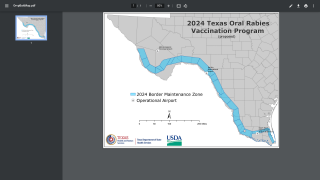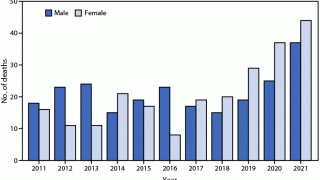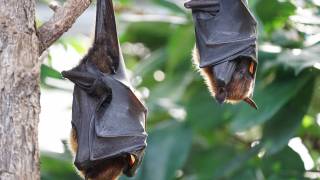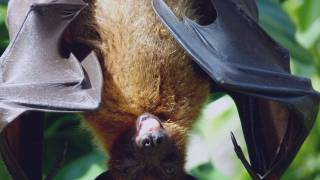13 Rabies Cases Reported in South Africa

South African health officials have confirmed 13 human rabies cases during 2018, which is the largest number of rabies cases in the past 10 years.
This outbreak of human rabies cases is associated with dogs in the KwaZulu-Natal and Eastern Cape Provinces, which are located in eastern Africa.
Domestic dogs are most responsible for the transmission of the rabies virus to humans. Rabies is a zoonotic disease which means it is spread from animals to humans.
Importantly, none of the human cases confirmed in South Africa during 2018 sought medical intervention after being bitten by an infected dog or cat.
The Eastern Cape Province has reported 6 cases during 2018, with 2 additional cases that have not been confirmed but are considered probable cases.
The rabies virus affects the brain and it is transmitted through direct animal contact involving scratches, bites or licks on mucous membranes of the lips or eyes.
Importantly, transmission cannot happen through intact skin, meaning that touching, petting or being close to animals with rabies is not a risk factor for transmission.
Rabies can be prevented, but not treated.
Rabies can be controlled in dogs and cats through rabies vaccination. This does not only provide protection to the animal but will ensure that the animal cannot contract the disease and spread it to other animals or humans.
Where rabies is still reported from animals, most importantly dogs, rabies infection can be prevented through post-exposure prophylaxis.
The World Health Organisation’s (WHO) Global Strategic Rabies Plan set three objectives to end human rabies by 2030:
- to effectively use vaccines, medicines, tools, and technologies that will stop dog rabies transmission and reduce the risk of human rabies deaths;
- to generate evidence-based guidance and high-quality data to measure impact and inform policy decisions; and
- to harness multi-stakeholder engagement to sustain commitment and resources.
The full version of the WHO position on rabies vaccines and immunoglobulins is published in the Weekly Epidemiological Record April 2018.
In the USA, human rabies cases are rare, with only 23 cases reported in the past decade (2008-2017). Eight of these were contracted outside of the U.S. and its territories.
The US Centers for Disease Control and Prevention (CDC), says that in 2014, over 4 times more rabid cats were reported than rabid dogs.
About 40,000 people receive a rabies prevention treatment called post-exposure prophylaxis (PEP) because they had contact with a potentially rabid animal.
Our Trust Standards: Medical Advisory Committee

























